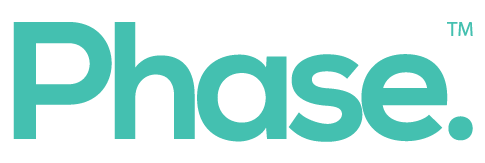What makes a great logo?
A brand contains many elements to provide a strong message. Without doubt the single most important element of your businesses brand is your logo, but what makes your logo a great logo?
We decided to look into the world of logo design, the principles of designing a great logo and what rules your logo should stick to. Daily we see hundreds (if not thousands) of logos which we notice consciously and sub-consciously, and for your brand to be recognised you need to follow the 5 principles of great design as your starting point.
Any logo should be:
- Simple
- Memorable
- Timeless
- Versatile
- Appropriate
Here are the principles in more detail and some examples of how the best do it.
Simple
Simplicity is key to recognition, your logo may flash past someone, be reproduced at a small size or be seen from a long distance so you need it to be simple and easy to recognise. The principle of K.I.S.S (Keep It Simple Stupid) is very often followed in the design world, and the reason for this is because simple means less fuss, easy to work with and familiarity sets in easily.
Nike is the perfect example of the simple principle, the ‘tick’ is synonymous with Nike and instantly recognisable when we see it. So recognisable that the tick is rarely seen with the words NIKE alongside.
Memorable
Being memorable is key to any logo, why? Well, why wouldn’t you want your logo (and in turn your business) to be remembered? If your logo is simple and recognisable then anyone and everyone will remember it!
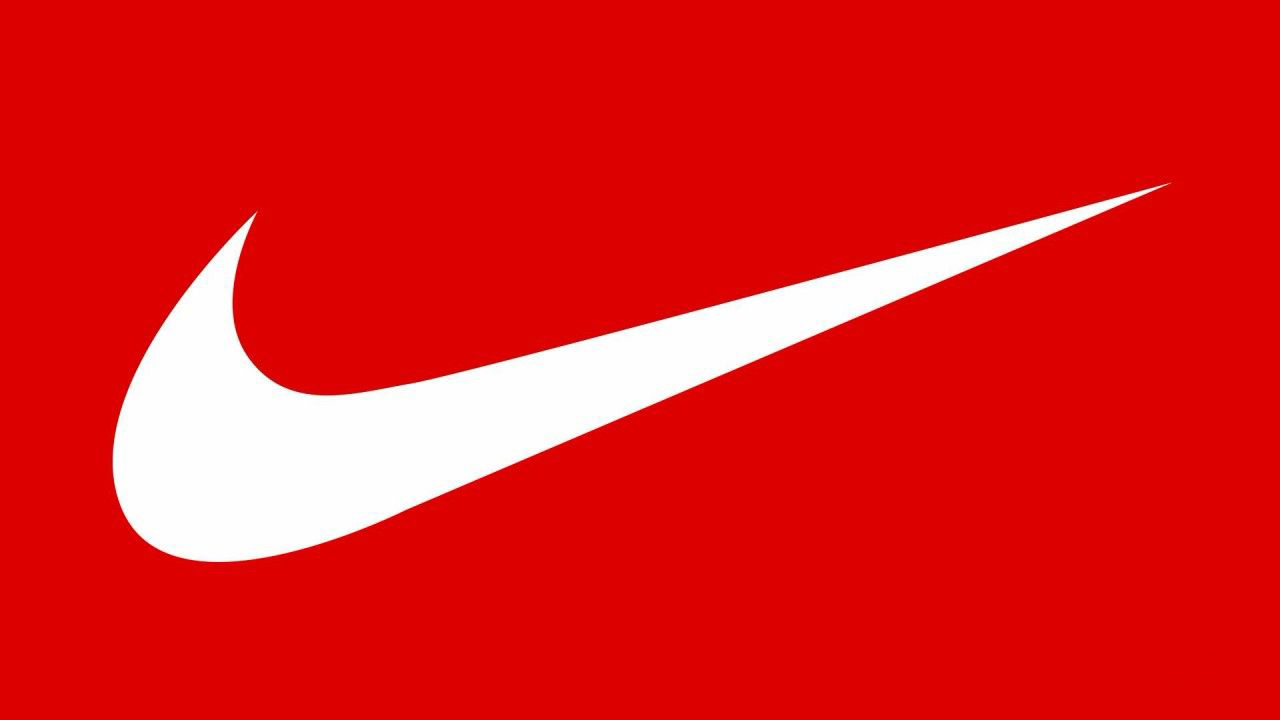
Nike is the perfect example of the simple principle, the ‘tick’ is synonymous with Nike and instantly recognisable when we see it. So recognisable that the tick is rarely seen with the words NIKE alongside.
Memorable
Being memorable is key to any logo, why? Well, why wouldn’t you want your logo (and in turn your business) to be remembered? If your logo is simple and recognisable then anyone and everyone will remember it!
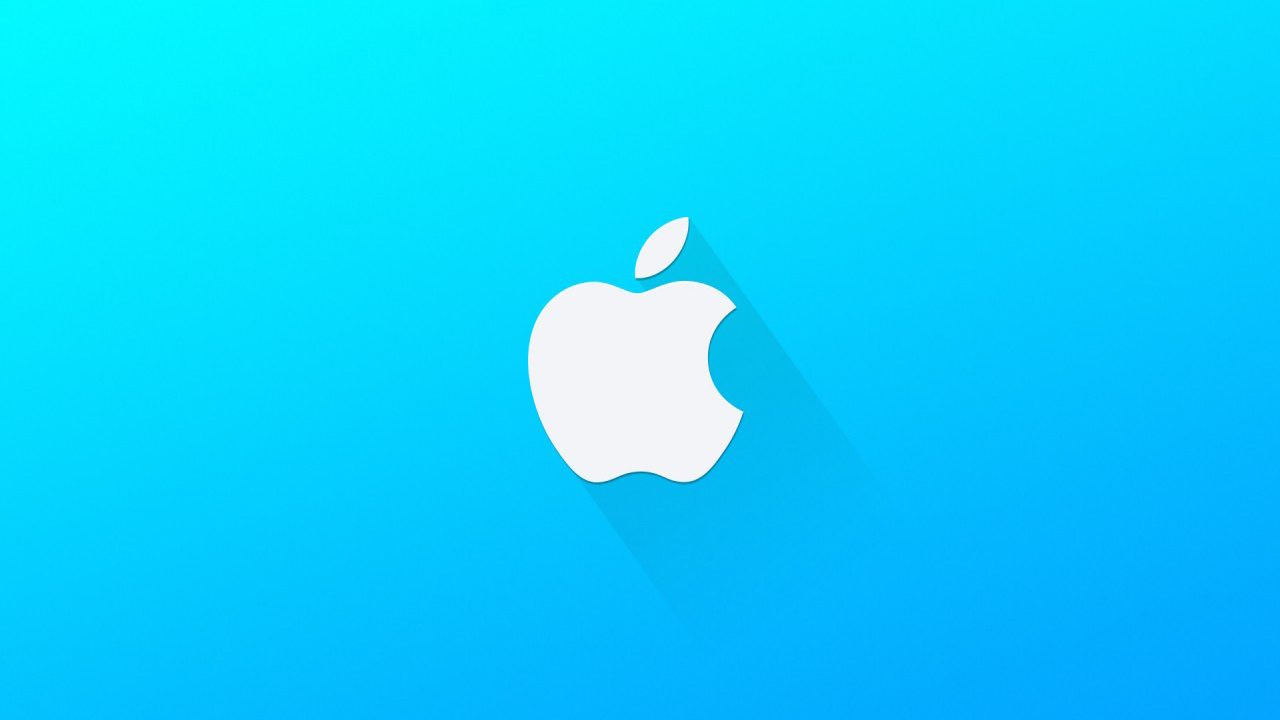
Apple, probably one of the most recognisable logos on the globe. The simplicity of this logo with its iconic shape and stature make it memorable. The symbol is the most important part of the logo, our brains think visually and the saying “a picture paints a thousand words” is very true.
Timeless
Your logo should be timeless, endure the test of time and not date quickly. Too often (some) designers will follow trends or fashions in design but in a very short space of time the logo will date and look out of place very quickly. How is this avoided? By making the logo timeless, not following fads and giving the logo a unique feel but looking ahead to how the logo may feel in 5, 10 or even 20 years time.
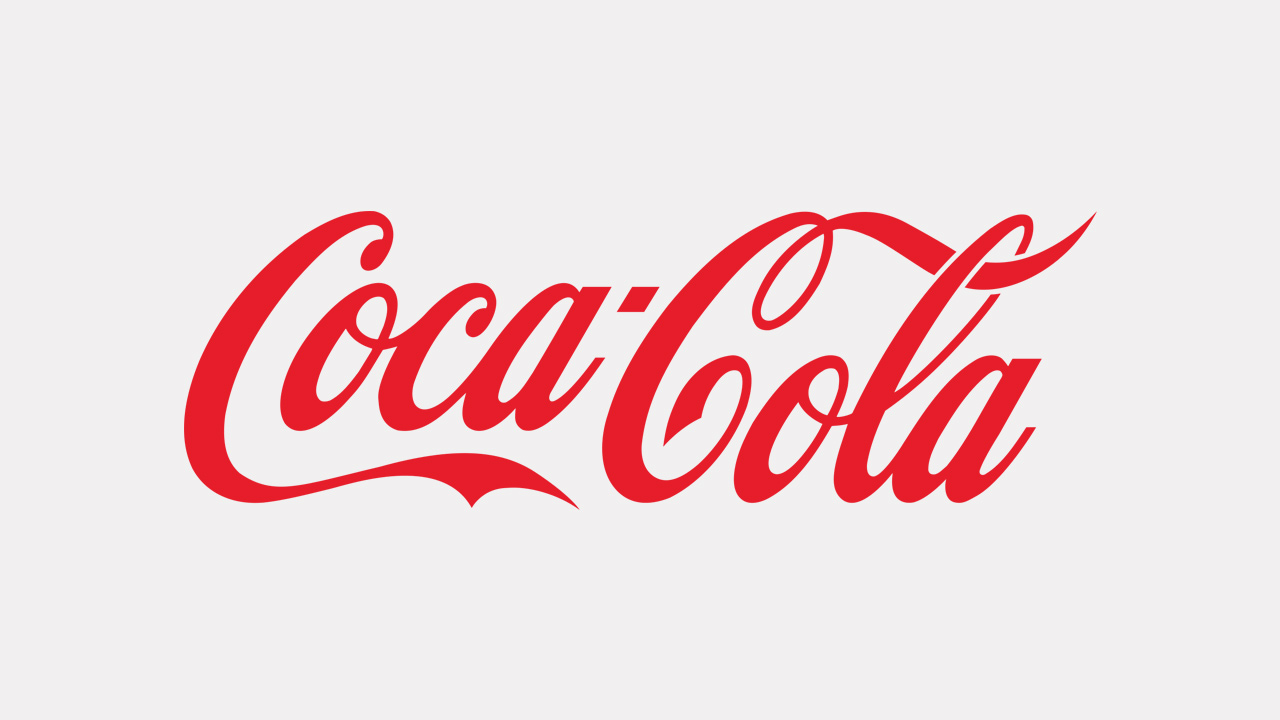
Coca-Cola, again a logo recognised all over the world. In its simplest form, it has gone unchanged for over 130 years whilst Coca-Cola’s competition has changed numerous logos and brands to fit the time period. Does your logo have a timeless feel?
Versatile
Versatility is key to your logo being easy to use and not causing you headaches later in life. A logo should be able to be placed in varying situations and adapt to that situation without being manipulated each time. All logos should be provided in vector format to allow for scalability and usage across all channels ie. can your logo be scaled to fit a billboard or side of a vehicle? Only a vector logo will allow this.
The process followed by Phase is to design logos in black and white at the very start of a project, this helps our team to focus on content, structure and form before going deeper into the logo and subjected by colour.
Other factors such as screen usage or print usage must be considered and the logo must be versatile to be used in both RGB and CMYK formats.
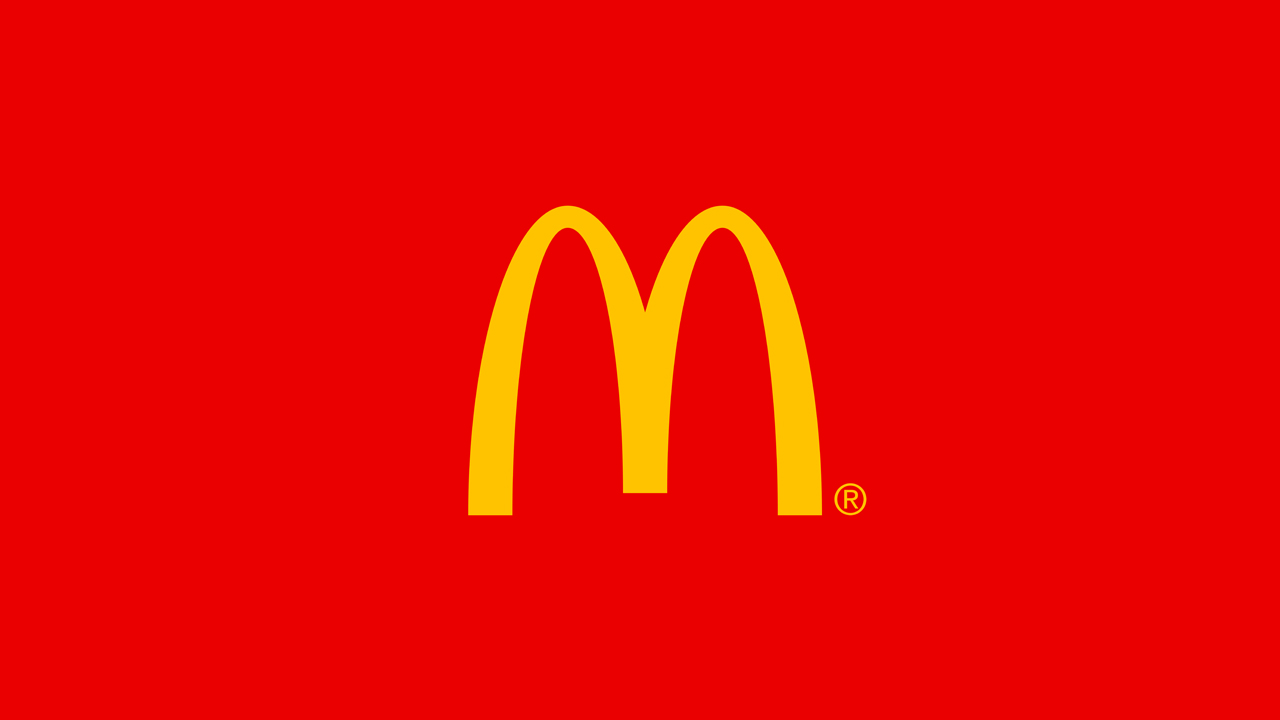
McDonald’s logo, the famous Golden Arches has been used for nearly 50 years and is instantly recognisable around the world. Its simple form is adaptable for both large signs that sit on fast roads but is equally recognisable on small food packaging.
Appropriate
A brands logo should fit what sector that organisation represents, if you own a children’s toy shop then you wouldn’t expect to have a similar logo to an accountant. Your logo should be appropriate for what it is that you do but this doesn’t mean that it has to be overly obvious either. For example, if you own a burger joint you don’t necessarily need a logo with a burger, car logos don’t need to include cars…but they do need to be appropriate to their client focus or the message they want to portray.
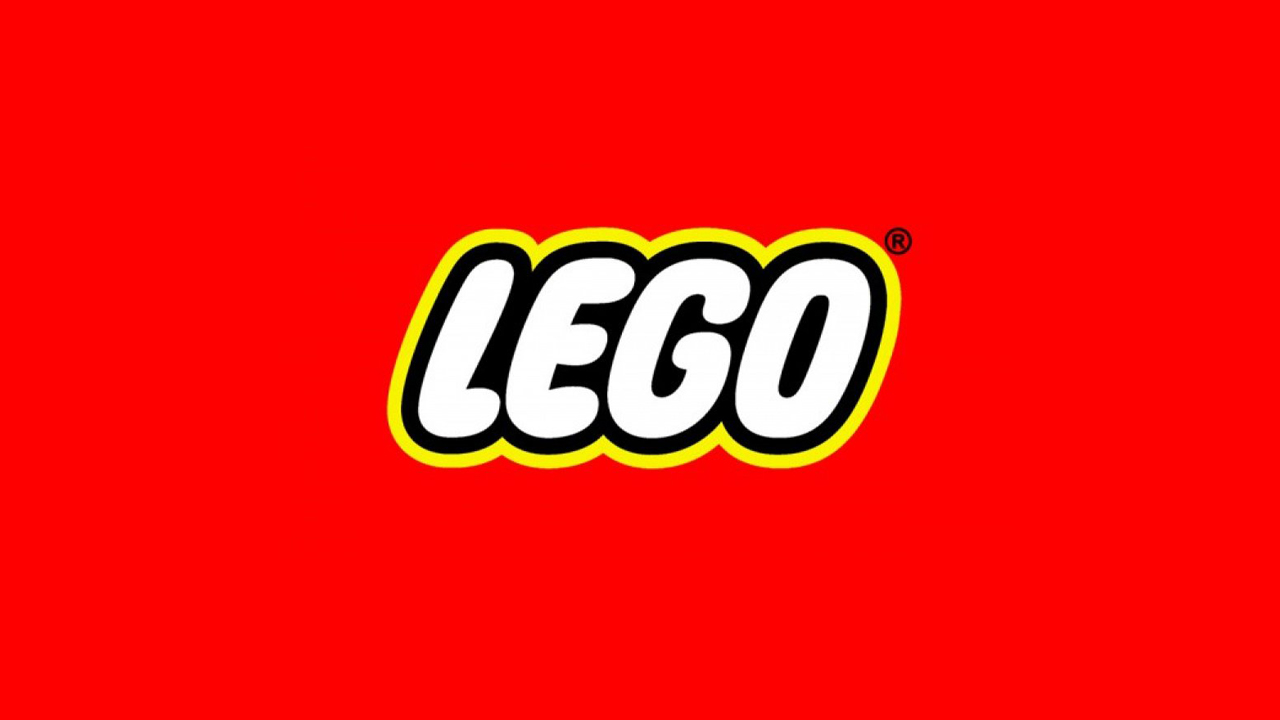
Lego is the perfect example of an appropriate logo, it is not self-explanatory (it doesn’t show any sign of a lego brick) but it symbolises the age group that they appeal to. With a fun logotype and bold colours, they can adapt for both children and adults alike…appropriate, simple, memorable and versatile.
Summary
In summary, for your logo to be great the starting point is always these 5 principles. Keep to these and the basis of your brand has a strong start. As always every rule is there to be broken however these principles will ensure a basic standard which emphasises professionalism and quality.
The client designer dating game
Relationships are everything, they make or break a project but not everyone realises this. We take a look at why this is such an important stage before any work has even been considered.
Design is no different to the way you would deal with your loved ones, the client/designer relationship needs to be a successful one for you to both prosper. So how do you make that relationship into a success? What is the ideal way for it to develop, and how should it develop? Well, we take a look at the client/designer relationship and give our take on how things should grow in our eyes.
Too often we hear clients saying “Well they just design what I want don’t they?!” and designers saying “If they just leave me to it I can do what they want!” but this is the perfect example of where the relationship is going to end up in divorce!
Only too often here at Phase have we had a potential client approach us just to say “I need a logo design. My company is XXX and I need to know the price?”. This just makes us cringe as the process doesn’t begin with ‘how much’ or ‘i just need this’ etc. A relationship between client and designer should be worked on by both interested parties and although big clients/companies can take the stance of “give me a price” we are much more inclined to go further and longer with someone who understands the importance of a great relationship. We should be able to work together first and foremost before anything else is even considered.
The client/designer relationship is just like a personal relationship between you and your beloved. There is the initial meeting, the first date, the courting (my nan’s term), the engagement and the wedding…hopefully, the happy lifetime after will follow if all are approached correctly. Lets break these down a little so we understand the process:
The meeting.
We are presuming that your client / designer is new to you and there has been no meeting beforehand. This is the initial meet up, like a guy and girl (or same sex as we don’t discriminate) meeting at a party or bar. This initial meet could be at an event, a networking ‘do’ or even over the phone as part of a sales call. They will tell each other about the best parts of themselves (nothing rude), what they have done and what they like to do. They will show off a little and then the meeting will end, hopefully with an exchange of numbers or an agreement to meet up as they would like to learn more. If all has gone as it should and everyone has got along just fine then they will agree to meet up again and go for an in-depth meeting (the date).
The first date (flirting).
This is the initial in depth meeting where you go over the nitty-gritty about what you both do, more in depth details about yourselves etc. Like a first date this is where you should work out if you think you really like the other party and if you are going to get along…is there a connection? Are you both going to enjoy spending time together? Ok its not a social relationship when you work with someone but your going to spend time together so best to like each other to a degree (maybe not too much though eh)! Understand what makes each other tick and if you find this interesting enough to open a closer relationship for the future. Go away separately and think about what you want to do together in the future…romanticise about it, its good to dream. This is where professionally you are interested in what the future may hold.
The dating (or courting if you’re like my nan).
The courting part of the client/designer relationship is the stage when things get more interesting. Here we start to talk about a more in-depth relationship. We spend time talking about the future together, bringing each other’s plans together and working out how we can both be a part of each other’s lives (working lives in this case). Projects get discussed, initial ideas get thrown around and maybe even a discussion of specifics to go away and consider in more detail. This is like your own life, when your learning if you like a guy or a girl, maybe the initial date was a one-off, they may have been on their best behaviour and hidden any faults but you can iron them out more when you spend more time together.
Now like real dating this is a period that can go on for more than just one meeting. There may be one or two instances where you will choose to get together which involved speaking about different things. They are initiated by either the client or the designer, depending on what each party may need or want to clarify/talk about and they can be over an extended period of time. This isn’t just a fly by night operation and takes time to build up.
Note: at this point, we are on the 3rd meeting at this stage. This could be closer to 5 or 6 depending on the development needed.
The Engagement.
Now things get serious. This is the part of the relationship where the serious stuff starts to happen. Here you are like a budding bride and groom to be, you have worked out that you like each other, you know you want it to work and you have decided on initial plans together for the future. Well, now you need to get on and make some plans. This is a very important part (if not one of the most important parts) of the process in your relationship. Here you need to make the plans that you are going to take forward for “the wedding”, these plans are going to be what makes or breaks the big day (the project and its deadline), if everyone is going to be smiling by the end of the long journey to get everything finished or crying into their wedding cake.
The Engagement needs to be taken seriously, the process needs to be structured and their needs to be some guides for both parties to be put in place. Like a wedding you need to organise where what and who is going to do what, you need to assign people their jobs, agree on who is going to get them done and of course agree on the big day…the deadline. In the engagement period, you need to discuss the budget you can spend on the big day (project budget) and the constraints that you can work within. You need to agree to the Terms and Conditions, how are you going to pay deposits / final payments etc and outline payment terms etc.
Everything needs to be outlined, discussed, any fears or questions raised and then you have a planned process that you can go ahead with for both parties. A signed off quotation and design agreement is put in place and the ‘wedding’ can now take place with everyone happy of what the big day will bring.
The Wedding.
The Big Day! Everyone is excited and now you get to do what you always planned. The wedding is where the designer gets to go off and be themselves. As long as everything has been planned properly then everything will hopefully go well without a hitch and everyone will have a great ‘day’ without any problems. Anything that may arise that was unforeseen will be dealt with and will hopefully not have a huge impact as all these issues will have been discussed beforehand.
Note:, Of course, the project being completed isn’t a ‘day’ so to speak but this metaphor just helps to show that the project is the event, it is what we have worked towards and it is going to be what everyone wants to see. Just go with the analogies…they do sort of make sense.
Everything will go according to plan and the client will have their big day and unveiling (like any blooming bride) and they will have a huge smile on their face as they receive exactly what they wanted. As long as the process has all been put in place then this day will be much easier on all involved and the deadline will go smoothly without a hitch. Even if there are problems, you have already spent the time building a solid background with the client and as they know you as a person by now they will know that you are doing everything to help them and support them…like any good marriage.
Although you have delivered the project successfully and your new client is a happy bunny this isn’t the end of the process. Now you have the future to consider.
A lifetime of happiness.
As any of us know, if we meet our lifetime partner then there is always going to be amazing moments and bumpy moments in our relationship but what gets us through is the basis of a solid relationship. Now all the meetings have been made, the work has been undertaken and the project has been delivered you can go on to both grow old and grey together. This is the period where you can work together over and over again repeating what you have learnt about each other in the past and building even stronger ties.
You will tell others of older times together and laugh together about the bumps in the road. Things will never be easy (and before anyone says anything, yes there are some breakups) but they will certainly be easier with this structure to follow and help you to maintain a great future together if you are looking for more work together.
A lifetime of happiness.
You will notice that for this structure to be a successful relationship that it takes time to develop, the initial stages are over many meetings and getting to know each other and what makes both the designer and the client tick. In all these stages you are learning about each other which builds a stronger relationship, gives each other better resolve and helps you in the not so easy times that may crop up in the process.
We are not saying that all relationships work like this and that every situation can arise like this because everyone and their business is different. The point of this post is to try and help both clients and designers realise that the more time they invest in their relationship together, the better their communication, the better the plans they put in place and producing a structure to your working lives together then the better the final result will be.
Relationships are everything, they make or break a project so make sure you make time for the people involved and your relationship will stand the test of time, resulting in amazing design work and a profitable project.
